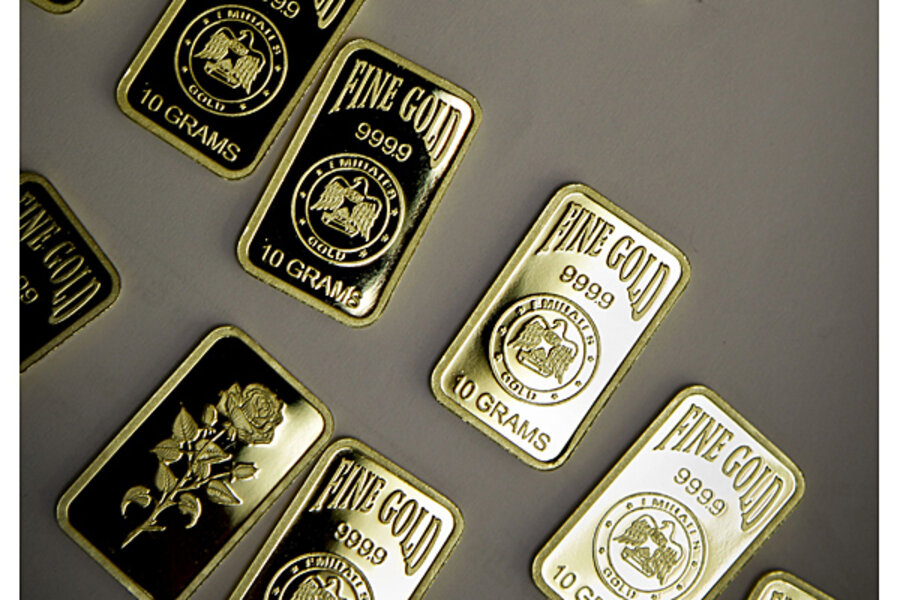Gold recovery? How to make the most of it.
Loading...
Gold is on track for its biggest weekly gain in five weeks on Friday as many analysts now believe the good times might be back for the precious metal. But rather than buying gold outright, one mining analyst recommends investors buy small mining companies that he calls "recovery plays".
John Meyer, a mining analyst at SP Angel says these stocks are down on their luck but have rallied in recent weeks off a very low base.
"What we're going to get now is better performance from many of these companies. Better performance hopefully from gold going forwards and just a resurgence of funds flowing into the sector," Meyer told CNBC Friday.
Medusa Mining is one such stock that Meyer recommends. Shares in the London listed firm, that is currently expanding operations into the Philippines, currently trade at 136 pence, but SP Angel has a target price of 300 pence for the stock.
"It's had a few problems, it's expanding its production. We think it's monthly production will double between September and December for example. And that's something we think investors should buy into," Meyer said.
Anglo Asian Mining, Noricum Gold and SolGold are three other miners that Meyer sees upside in because of their better profit margins compared with larger players in the sector like Randgold Resources and Petropavlovsk, which have higher running costs.
"We are left with these frontier plays, but those governments are generally more pragmatic, they are pretty good. SolGold for example, its shares went up ten times over the last few months. It's operating in Ecuador...the Ecuadorian government might be quite good to them going forward. So, there's opportunity there."
Gold surged 4.3 percent on Thursday after the U.S. Federal Reserve postponed the tapering of its $85 billion bond-buying program. Spot gold eased 0.2 percent to $1,362.40 an ounce on Friday, not far from a one-week high of $1,374.54 hit on Thursday. It has gained nearly 3 percent this week.
The precious metal hit an all-time high in late 2011 of just over $1,900 per ounce but the rally has since stalled and selling accelerated in April this year aided by fears that central banks were becoming less likely to add to stimulus measures that have weakened currencies and boosted gold as an inflation hedge.
Many analysts are now predicting this bear market could be over with the uptrend likely to resume.
But, Jesper Dannesboe and Robin Bhar, two analysts at Societe Generale believe that Thursday's move in spot gold may have wrong-footed short sellers, but it's unlikely to mean a resurgence in gold.
"The Fed taper delay doesn't change the fact that most of the gold fundamentals are, in our view, bearish. The Fed taper delay has at most weakened the bearish case somewhat but not to an extent that it is likely to prevent the gold price from trending lower," they said in a research note released on Thursday.
"We forecast the gold price to average $1,225 during (the fourth quarter of 2013) and to drop down to about $1,100 during 2014. We recommend investors to use the recent gold rally as a selling opportunity."
—By CNBC.com's Matt Clinch. Follow him on Twitter








